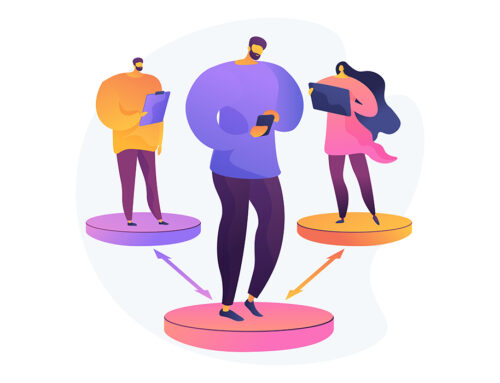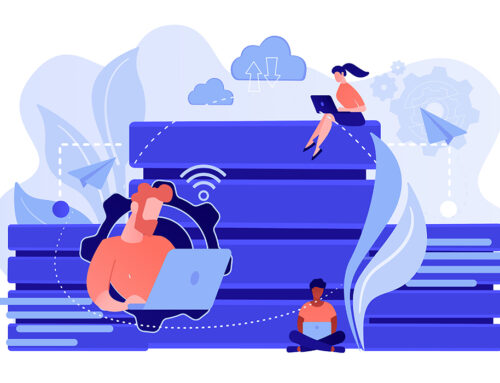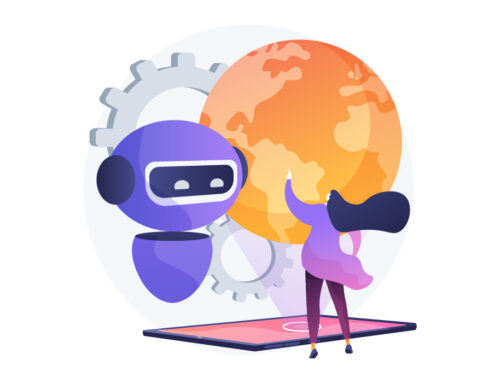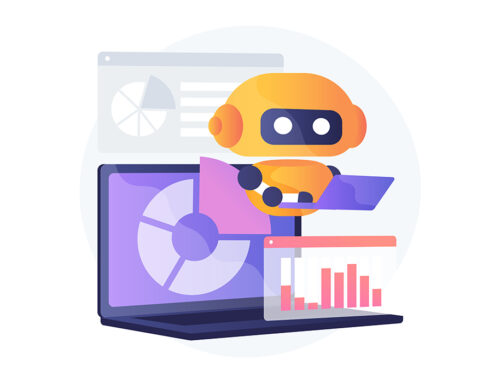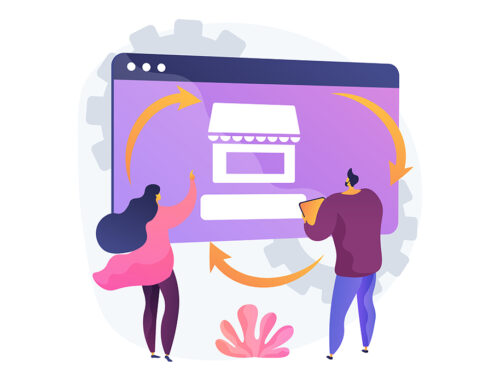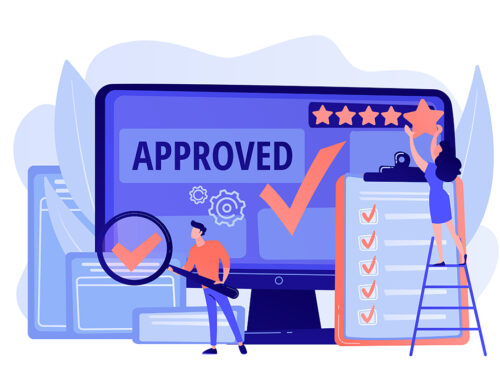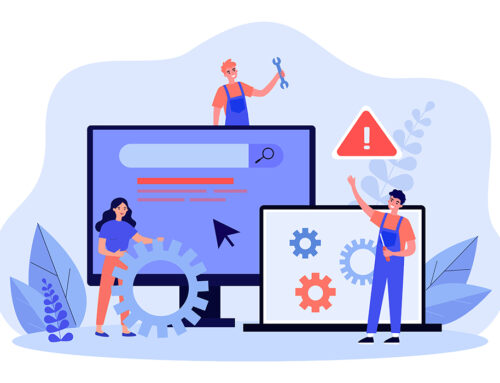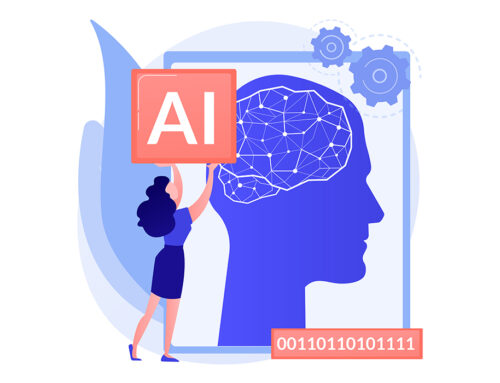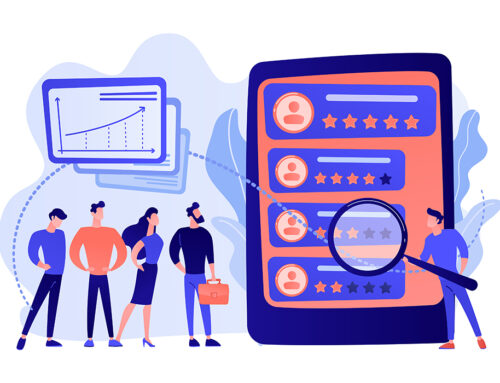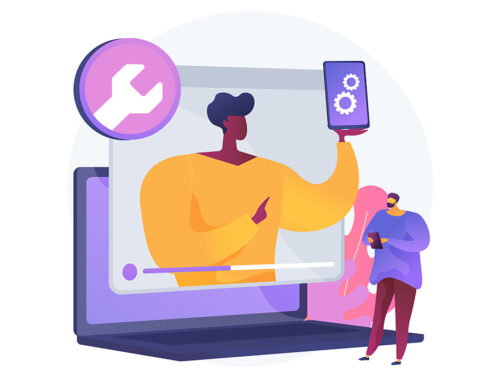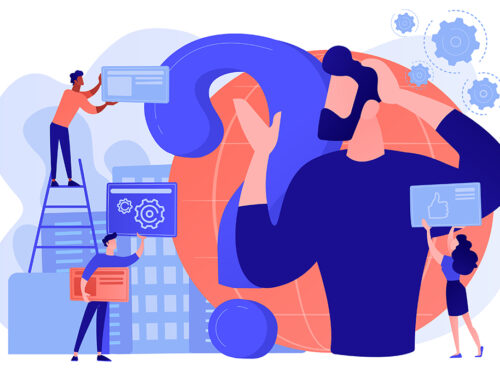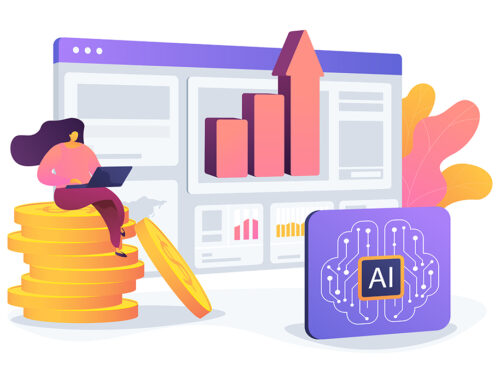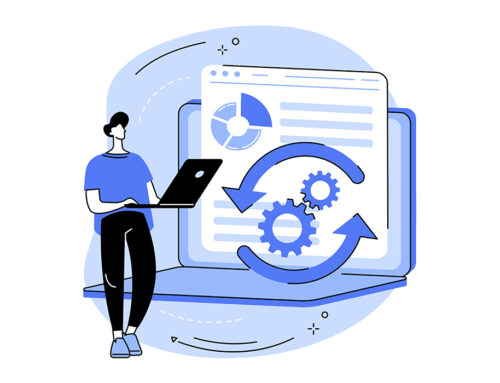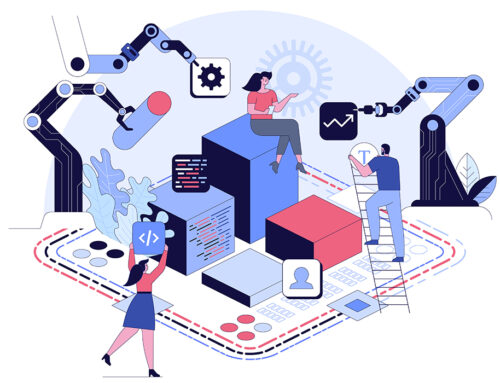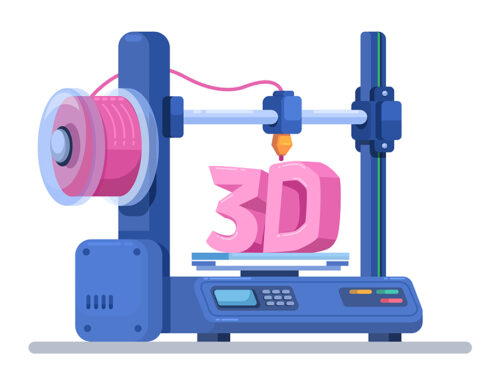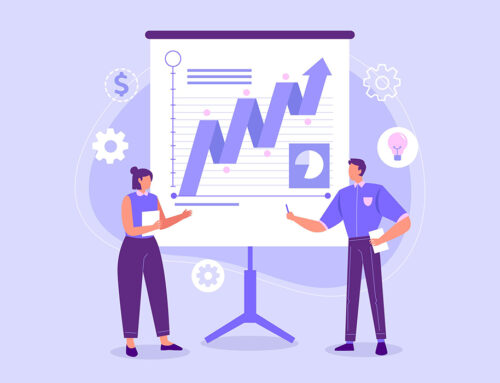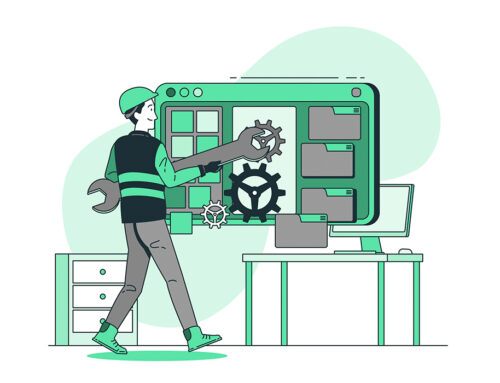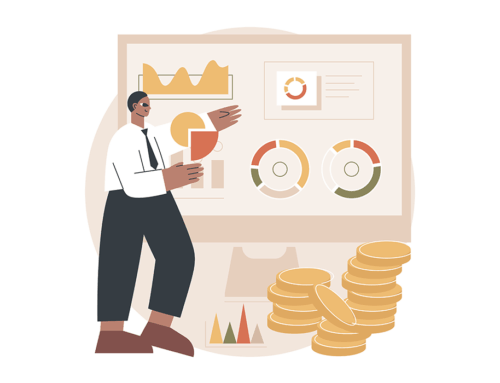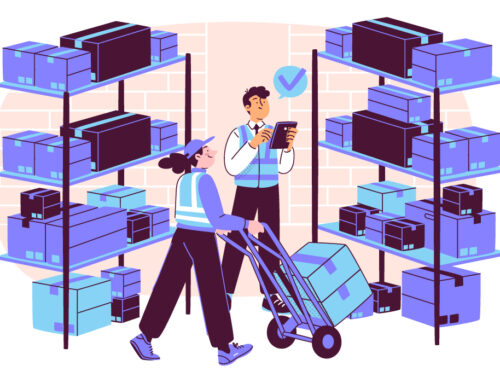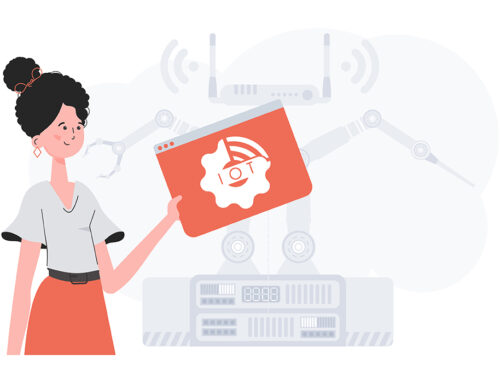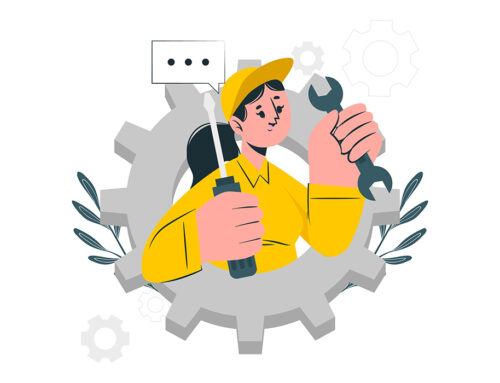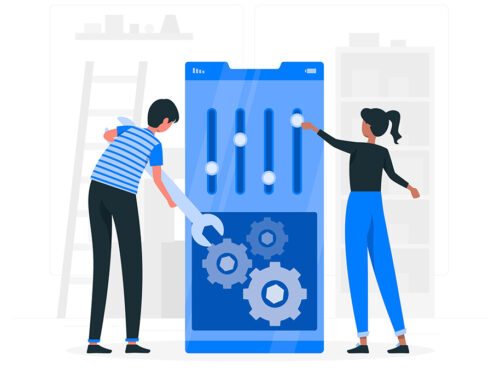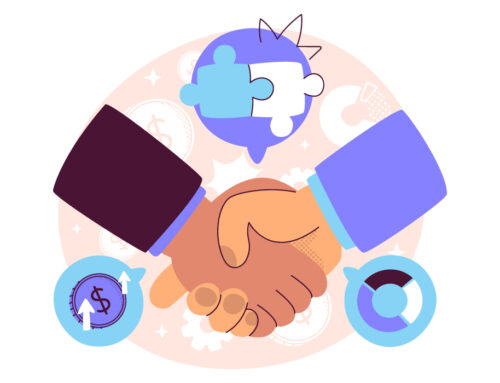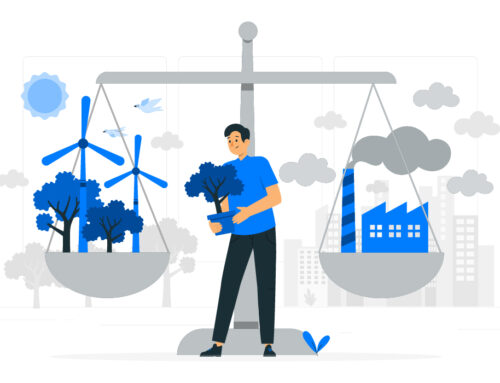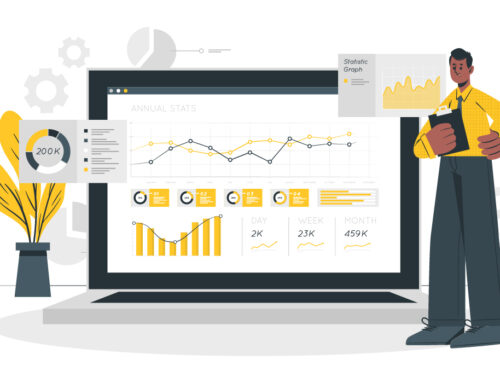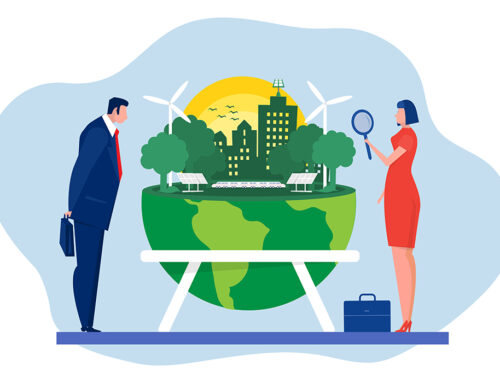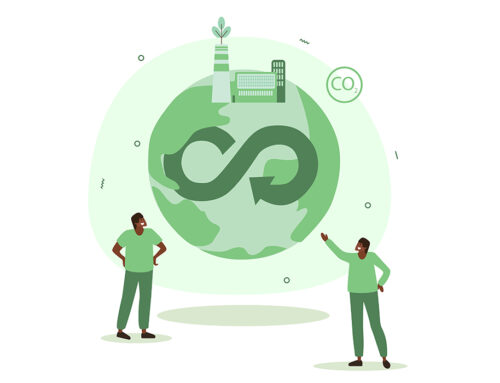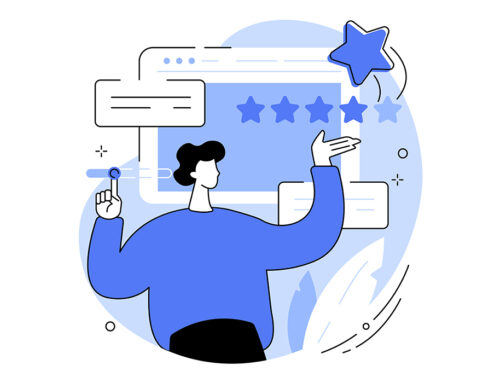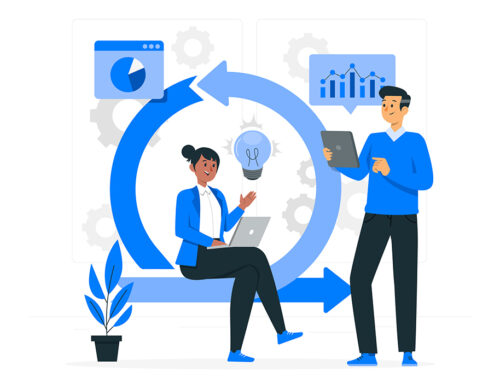The cleaning equipment industry is changing. For decades, manufacturers competed on product quality, engineering, and brand strength. But as global competition accelerates, particularly through Chinese robotics innovation, the industry is entering a new era.
Author Nick Saraev
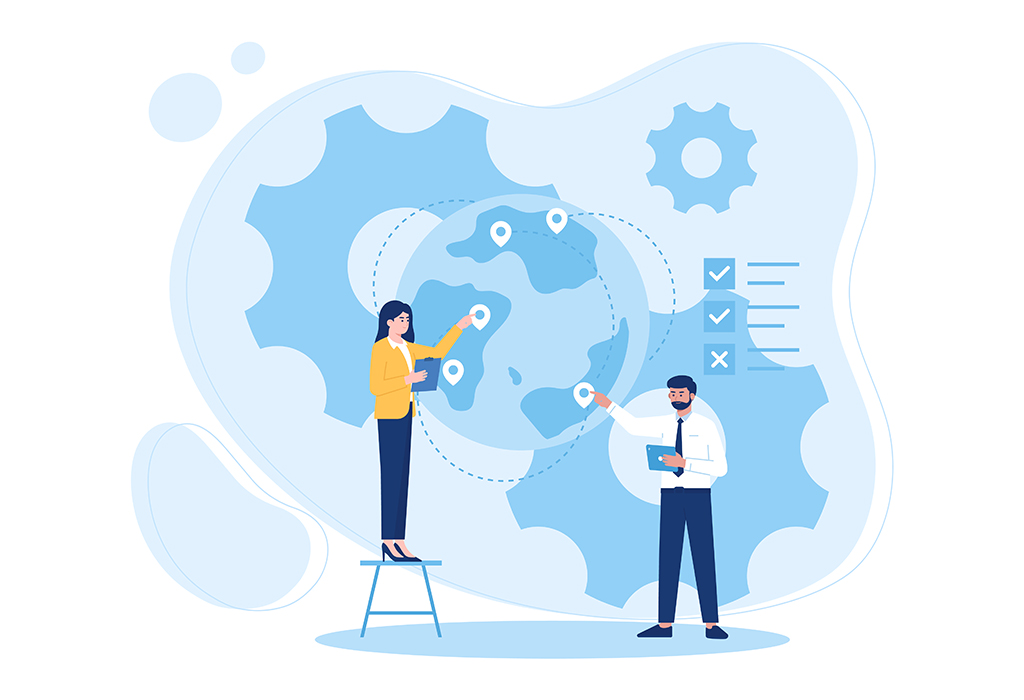
Photo: Freepik
Success will no longer be defined by who sells the most machines, but by who unlocks value beyond the sale through service, data, and digital customer experience.
This was the central message delivered by Holger Ritzenhofen, Head of Aftersales and Aftermarket at Kärcher, during his keynote address at Copperberg’s “Aftermarket Business Platform 2025 – Power of 50” event. With the clarity of a leader who sees what’s coming, he declared that the future of competitive advantage lies in connected service ecosystems, digital tools, and empowered people who can deliver customer value with speed, precision, and data-driven intelligence.
The Market Reality: When Sales-Driven Models Hit Their Limits
Ritzenhofen began by acknowledging a harsh truth: Kärcher’s historic sales-driven business model is no longer sufficient. A growing share of contracts has become unprofitable, and sales alone can’t cover rising fixed costs. This forced a major revamp in the team’s mindset:
“We now talk more about service,” he said.
The company initiated extensive workshops with service employees across global operations to rethink the future service organisation. What they found was a wake-up call.
While new technologies, including AI, robotics, and digitalisation, are reshaping customer expectations, many employees are not yet aligned or prepared for this transformation.
The first challenge was a lack of common understanding of “vision, mission, and strategy.” When asked, teams had to Google the terms, revealing a critical gap. Without clarity of purpose, change becomes abstract and threatening. Ritzenhofen stressed that if people don’t understand the terms, they won’t “understand why they have to transform the organisation.”
Step 1: Adapt Your Service Strategy to an AI- and Robotics-Driven Competitive Landscape
The keynote highlighted the rapid rise of China-based competitors, who now showcase fully autonomous, AI-enabled cleaning systems at scale.
Kärcher is proud of its autonomous cleaning solutions, but competitors have moved faster. Not only have they integrated robotics more aggressively, but they’re now building service organisations, too. This threatens Kärcher’s long-standing unique selling proposition, which is premium service.
The strategic response? Kärcher aims not to resist, but to learn from and collaborate with China, especially in robotics, while elevating its own service model to stay ahead.
Step 2: Define a Clear Digital Service Vision That Aligns the Entire Organisation
From the workshops emerged a unifying North Star for Kärcher’s global service transformation: “In the ecosystem of innovative and profitable cleaning systems, the service, with its integrated digital tools, is the key to success.”
This vision positions digital service not as support, but as a strategic business value generator.
To achieve it, Kärcher will focus on:
- A digitally enabled service workforce: Employees must be equipped and motivated to adopt new tools, new data, and new ways of working.
- Intelligent service operations: AI, automation, and knowledge management will improve service speed, accuracy, and quality.
- Data-driven business models: Digitalisation enables scalable new revenue models such as subscription and pay-per-use, which are impossible without machine connectivity.
Step 3: Turn Employees into Change Champions, Not Change Resistors
Transformation fails without people. Ritzenhofen emphasised empathy and active engagement, especially with long-tenured staff who may feel overwhelmed by rapid change.
Many technicians believe their experience is enough. But service will soon require faster problem-solving, remote resolution, and AI-assisted diagnostics, because skilled field technicians are becoming scarce.
To drive adoption, Kärcher is investing in “ambassadors” and “multipliers.” Rather than leadership preaching change, trained “service excellence multipliers” inside the company carry the message daily, peer-to-peer. Cascading communication is supported by monthly global service information meetings across 2,500 employees.
The most important KPI for the transformation? “Keep people informed,” Holger added.
Step 4: Redesign Your Service Operating Model to Enable Digital Adoption
Historically, roles such as dispatcher, technical clarifier, and spare parts coordinator were merged. This left no bandwidth for digital adoption. Today, Kärcher is separating and elevating these roles to create capacity for technology-enabled service.
Ritzenhofen shared a relatable example from a previous company, highlighting that digitalisation was impossible with only three employees covering all service functions. Only after hiring, training, and role specialisation could digital tools be effectively implemented.
Step 5: Build the Core Capabilities Required for Digital Service Transformation
Below are four core transformation areas that Kärcher is prioritising to scale digital service excellence:
- Organisational and people development: Establish a service excellence team to map processes and lead digital transformation, while expanding training on soft skills aligned to the customer journey. They also aim to strengthen technician loyalty, where even changing company car colours improves satisfaction.
- Digital enablement and knowledge management: The future service ecosystem will include AI, chatbots, voicebots, avatars, hologram training, and AR glasses. While not all are ready today, Kärcher is exploring them.
- Operational efficiency through data and automation: Kärcher is decentralising responsibility, shifting accountability from the back office to field technicians. For example, contract and warranty cost allocation will become automated, eliminating 8,000 manual order checks per year.
- New service business models and monetisation: Digitalisation enables revenue growth in service by supporting models such as subscriptions and pay-per-use. Ritzenhofen noted that early “pay-per-use” models were unscalable because usage data was unavailable. Technicians had to visit customers physically just to read usage levels. But with IoT connectivity, this becomes fully automated.
Step 6: Measure What Drives Impact: Shift to Data-Led Service Performance Management
Kärcher is investing in a KPI-driven service performance model, anchored in fast and accurate service resolution. One early success came after introducing structured first-level support, after which the first-time-fix rate improved by 10% within two months.
The impact was immediate. Over €1 million in annual spare-parts return costs were cut in half through better intervention preparation.
Three KPI families will steer future decisions:
- Customer service KPIs: First-time fix, resolution time, digital service usage
- Operational KPIs: Return rates, call resolution rates, spare-parts efficiency
- Financial KPIs: Revenue and profit growth through digital service models
Step 6: Prepare Now for the Future Service Model: Always-On, Autonomous, Remote, and Predictive
Ritzenhofen provided a forward-looking view of what service will become:
- 24/7 support: Autonomous machines operate continuously, so support must too.
- Follow-the-sun model: Customer assistance can be delivered from any global subsidiary at any time.
- Predictive maintenance: Learning from industries like printing, where predictive models are now standard.
- Autonomous vehicles for technicians: Future vans will drive themselves, enabling technicians to complete reports en route and eliminate unproductive time.
While some of these ideas sound futuristic, Kärcher recognises that preparing now is essential to staying ahead.
Wrapping Up: The Shift From Selling Machines to Selling Outcomes
Holger Ritzenhofen’s keynote delivered a clear message: The next competitive battleground is service, and only digitally transformed service organisations will win.
Kärcher’s mission is not simply to modernise tools or improve efficiency but also to create a value-driven ecosystem where customer experience, employee empowerment, and monetised innovation converge.

